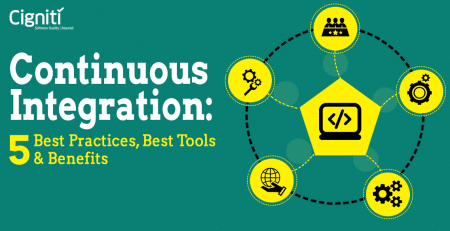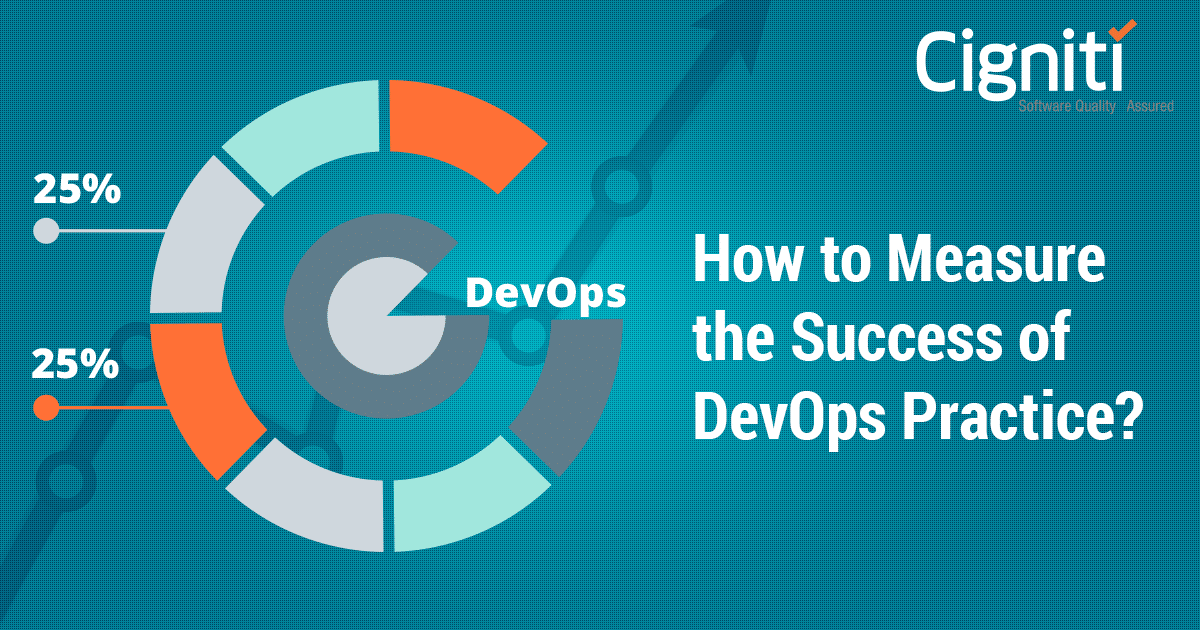Can Continuous Delivery help you Test Software Faster, Better, and Cheaper?
The recent report by Gartner on ‘Choosing the Right Tools for Your DevOps Toolchain’ was quite an eye-opener for enterprises on the DevOps front. Importantly, the report estimates that ‘By 2020, 20% of enterprises will adopt a standard set of tools across their DevOps practices, up from less than 5% in 2017.’ Continuous Delivery (CD) is integral to the DevOps phenomenon – enabling organizations to get more lean, agile, and experimental. It helps make the release process much more reliable and feedback-oriented.
[Tweet “By 2020, 20% of enterprises will adopt a standard set of tools across their DevOps practices, up from less than 5% in 2017”]
Organizations and businesses are entering a phase where the consumer scenario is so competitive that production, testing, development, and user feedback happen simultaneously. Continuous Delivery enables teams to constantly align the software/application with user feedback and work in tandem with the market forces.
At the same time, it is necessary to choose the right tool and strategy to make it successful for your requirements. While establishing the aspect that selecting the right tool for DevOps is a strategic decision, the report states that ‘Choosing tools to support a DevOps practice without understanding the overall requirements creates an inability to integrate and automate the DevOps pipeline and toolchain.’
With the changing market dynamics and rising competition, every organization strives to deliver faster and with enhanced quality for assured results, and cost-effectiveness. Organizations are increasingly considering Continuous Delivery approach to achieve the same. Continuous Delivery helps organizations to effectively build the application/software as per the needs of the users and garner better market share.
[Tweet “#ContinuousDelivery helps enterprises to deal with the jolts of #digitaltransformation. Check out our latest post #DevOps “]
Why is Continuous Testing Essential for Continuous Delivery?
Continuous Testing involves execution of automated tests in the software delivery process. As it suggests, the activity is continuously executed to rigorously test the behaviour or the desired activity. This implies that Continuous Delivery can be achieved only with Continuous Automated Testing.
For instance, let’s consider the launch of an application in the consumer scenario. The application will need updates and changes to stay upbeat amongst the users. This can be achieved only in a constant development and testing environment. The risks are brought down and checked constantly; making the development process reliable and flexible.
In a way, Continuous Testing forms the core of Continuous Delivery. The underlying objective is to build quality into the software, get faster feedback, and achieve quicker turnaround time. The process is automated, as manual testing can fall subject to errors and higher time consumption.
Automation of tests speeds up the software testing cycle, by checking the code for user feedback and changes. However, there are various principles and patterns that should be followed to successfully enable Continuous Delivery.
What are the Key Principles of Continuous Delivery?
- Build an iterative deployment process for reliable outcome
Automation helps to achieve the repeatability of the tests for CD as against manual testing. It helps in automating all the tasks and makes the process reliable for implementation. So, it is worth investing in automation for better results.
- Repeat and improve
If the process is repetitive and needs improvement, do it. It will eventually help make it painless and smooth. For instance, if you have to deploy a rule in the application, it could be difficult and tedious. Continuous Delivery helps you to try constantly, fail, but still keep on trying till it is successfully done.
- Everyone holds the ownership
Ownership of the project is with everyone till the application or software is finally extended to the user. It cannot be restricted to a particular code or action. The overall functioning of the software is the entire team’s responsibility. Continuous Delivery can be successfully achieved only when this aspect is accepted and endorsed by everyone in the team.
- Build a quality metrics
It is imperative to build quality metrics in the CD scenario. When a project has defined quality metrics, it becomes easier to build in quality at every stage of testing and development. It helps to track quality and sustain it in the long run, till the project is finally done and released.
- Successful release should be on everyone’s agenda
Once the development process is done at the team’s end, it has to be released in the actual user environment. The challenge is to make it successful, and help it to sustain against any-many challenges. That’s the way the product gets commercial success. While developers should keep deployment on their charts, testers should constantly check for defects and bugs. It’s like being ready for the worse risks possible.
Continuous Testing and Continuous Delivery help you make this feasible and attainable. In this way, the responsibility is spread out across everyone, and not just the development or testing teams.
- Continuous Delivery, Continuous Improvement
Continuous Delivery helps your system to constantly evolve and adapt to change. Resulting in enhancement at every stage of delivery. The idea is to stay upbeat and relevant through the development cycle till the deployment is done, thus enabling teams to deal with risks in real-time and stay prepared.
While the principles help you to effectively meet your CD objectives with the project, it is important to spell out the key attributes of the approach to make your results quantifiable.
What are the Key Elements of Continuous Delivery?
- Enterprises need to reach out to their users with readiness and confidence. Continuous Delivery helps gather feedback and implement it at speed. This ensures that quality is built-in at every stage and with the releases.
- When large deployments are done and projects are released there are bigger chances of risks or attacks. Continuous Testing and Delivery help to automate the processes and seamlessly release the software.
- In the current competitive scenario, ensuring relevance for the consumer is essential. So, teams have to keep on introducing new features and releasing them without disrupting the performance. Continuous Delivery helps enterprises to stay responsive to the needs of the end user.
- With repetition of tests and each level of iteration, CD helps to eliminate bugs/defects faster during the software evolution. This enables faster time-to-market and ensures quality outcome.
In Conclusion
A recent report by MarketsandMarkets on Mobile Application Development Platform Market estimates, ‘Mobile Application Development Platform market to grow from $1,919.9 million in 2014 to $7,151.2 million by 2019, at a CAGR of 30.1% during the forecast period. In terms of regions, NA is expected to be the biggest market in terms of market size, whereas Europe and APAC are expected to experience increased market traction during the forecasted period.
Evidently, growth in the number of applications will demand faster time to market, shorter development cycles, higher risk mitigation, and necessity to build-in quality. Continuous Delivery has been adopted by enterprises and teams to deal with the jolts of the digital age. Digital Transformation is leading to disruption, but in a good way. Alternative approaches such as CD, DevOps, Agile helps to deal with the uncertainties of the market.
At Cigniti, we standardize efforts and ensure accelerated time-to-market with DevOps Testing. Our CI testing experts boast of a rich experience in Continuous Integration testing and can configure and execute popular CI tools.
Connect with us to build the right DevOps strategy for your enterprise.





Leave a Reply